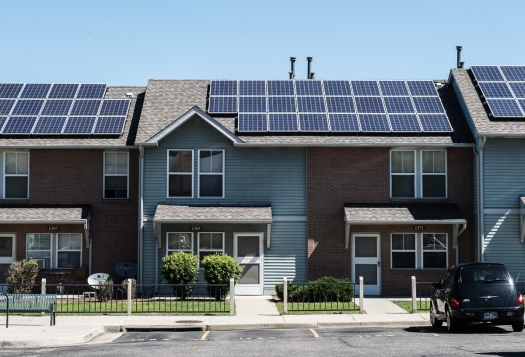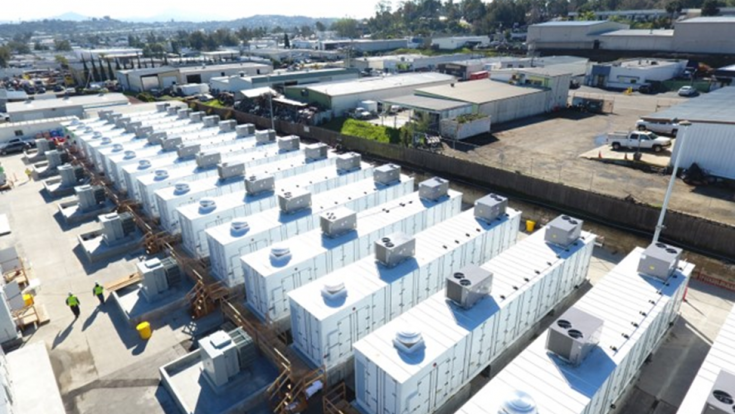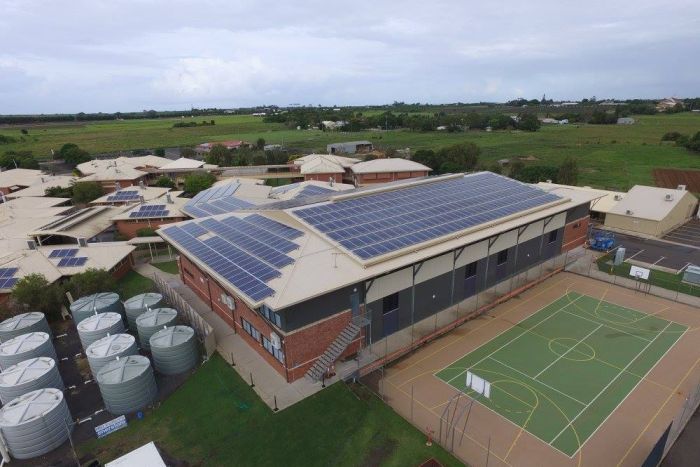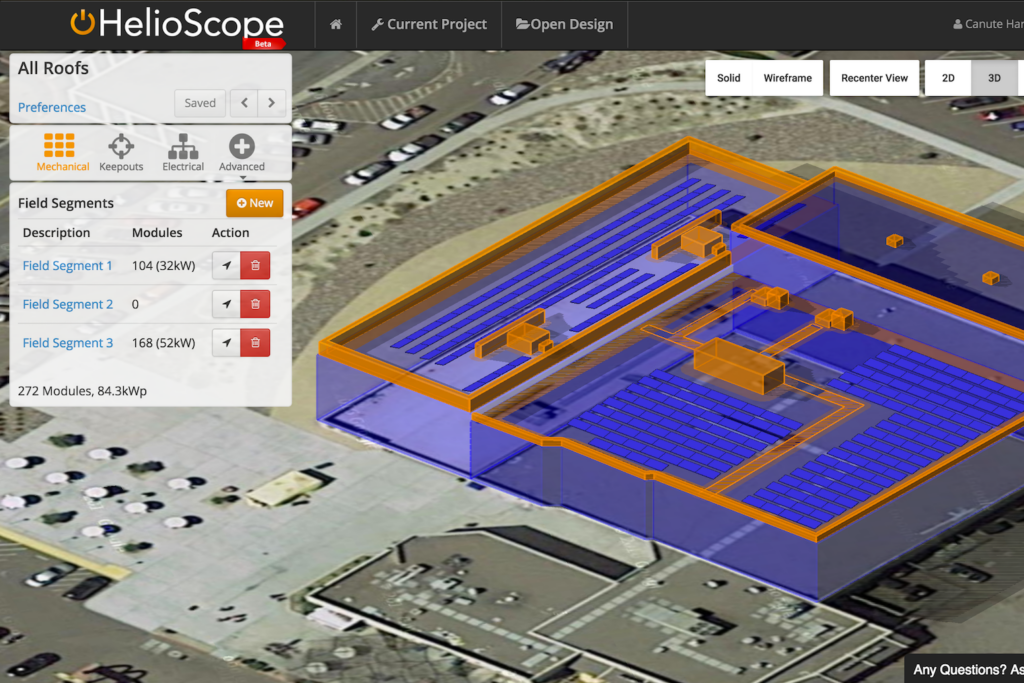SCE’s “Final Decision” Rates, Part 1: Residential Rate Changes

Like the other three big IOU’s (Pacific Gas & Electric and San Diego Gas & Electric) Southern California Edison is in the process of rolling out new rates for its commercial, residential and agriculture customers. These new rates mean some big changes for solar and energy storage projects in that …
An Interview with Tor Valenza (Part 1): Energy Storage Project Design, Engineering and Permitting

Tor Valenza, aka “Solar Fred”, has been in the solar business for more than a decade and is one of the most well-known thought leaders in our industry. In this 2-part interview, Tor and I spoke about SepiSolar, issues with permitting, site surveying, and the outsourcing of project design/engineering/consulting services.
PG&E’s “Final Decision” Rates, Part 1: Residential Rates

Pacific Gas & Electric (PG&E) has started implementing their new Time-of-use (TOU) rates as part of their 2017 General Rate Case (GRC). In part 1 of this blog we’re going to focus on the key changes PG&E is making to their residential rates, and the implication it has on solar and energy storage project economics. Given that PG&E is the largest utility territory in the United States, with over 5.5 million electric customers served, their rate design changes set an important precedent nationwide.
Evaluating the best residential time-of-use rate schedules in California for energy storage

Homeowners are installing energy storage systems (ESS) in their homes for different reasons. The residential energy storage market is continuing to ramp up on a hockey-stick shaped growth trajectory. According to Wood Mackenzie’s Q3 2018 U.S. Energy Storage Monitor report, the residential segment added 57.5 MWh of storage capacity nationwide last quarter, which is more than the 39.8 MWh installed all last year. The report also shows that California continues to be the leading state for storage deployments in the residential sector.
Solar for Nonprofits: The Untapped Market

The U.S. solar market has grown spectacularly over the last decade. In 2017 the U.S. installed 10.6 gigawatts (GW) of solar PV capacity, to reach 53.3 GW overall, enough to power 10.1 million American homes, according to the U.S. Solar Market Insight Report 2017 Year-in-Review from GTM Research and the Solar Energy Industries Association (SEIA).
Residential Solar Companies: Now’s the Time to get in the (Energy Storage) Game

After a lot of hype and false starts in the residential energy storage market, things are starting to get real. Recent data definitively shows that storage installation volumes are ramping up in the residential segment. According to GTM Research’s latest U.S. Energy Storage Monitor report, residential storage grew 248 percent in 2017 compared to 2016, measured in total megawatts installed. In terms of the number of residential grid-tied storage systems deployed, GTM Research counted 914 in all of 2016, which compares to 2017’s deployments of: 255 systems in Q1, 486 in Q2, 810 in Q3, and 1,516 in Q4.
Our SGIP Incentives are Live on the Platform

The Self-Generation Incentive Program (SGIP) provides financial incentives for the installation of new, qualifying technologies including energy storage, wind power, fuel cells, combined heat & power and others. It was big news when the program relaunched in the spring of 2017, with a re-upped program budget that was earmarked primarily for customer-sited Energy Storage Systems (ESS).
Future-Proofing Solar PV Savings with Energy Storage

Energy storage has been called a “swiss army knife” because it’s highly versatile, adaptable and can provide many different types of benefits to the grid. This flexibility can be financially rewarding. For example, when storage is deployed in behind-the-meter (BTM) applications, it can be programmed to target different value streams, like ‘peak-demand shaving’, ‘time-of-use arbitrage’, or ‘self-consumption’. These ‘value streams’ are effectively different ways for an energy storage system (ESS) to make money by reducing a customer’s utility bill.
Energy Toolbase Launches New Software Update that Enables Users to Model Energy Storage Projects

Energy Toolbase, a software platform for modeling the economics of solar and energy storage projects, recently launched a major software update that revolutionizes the platform’s energy storage modeling capabilities. The new release enables users to transparently quantify the dollar savings for any type of behind-the-meter (BTM) energy storage project. This empowers developers in both the residential and commercial market to identify the best storage use-cases, more efficiently focus their development resources, and close deals.
Demand Charge Savings from Solar PV – The Definitive Guide

Two of our country’s top national energy laboratories published an awesome study last month entitled ‘Exploring Demand Charge Savings from Commercial Solar’. This is the second report in a three-part series, which looks at how solar PV reduces demand charges, published collaboratively by Lawrence Berkeley National Laboratory (LBNL) and the National Renewable Energy Laboratory (NREL). Here are the links to the report:
How Much Can a Residential Energy Storage Project Actually Save?

It may be surprising to know that a significant portion of California homeowners buying energy storage systems today are not doing so to save money. In other words, they are not trying to reduce their utility bill or get a return on investment, like they do from a rooftop solar system. Instead, most storage systems today are being bought and sold based on the promise of back-up power or energy independence from the utility. The primary reason for this is that the avoided cost opportunity for residential storage today is not very substantial. On most residential utility rate schedules, energy storage does not have the ability to significantly reduce the utility bill. Therefore, it’s not the core value proposition being sold today.
Energy Toolbase Integrates with Industry-Leading Solar System Design Platform HelioScope

Energy Toolbase announces today that they have gone live on their integration with HelioScope by Folsom Labs, the industry-leading solar photovoltaic (PV) system design tool that integrates system layout and performance modeling to simplify the process of engineering and selling solar projects. This integration allows users to fully leverage both best-in-class software tools in conjunction with one another, for their solar project development activities.
